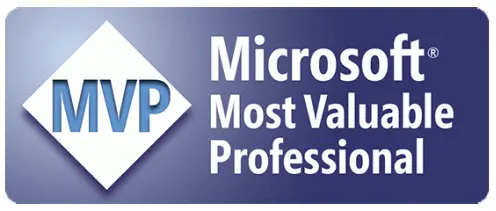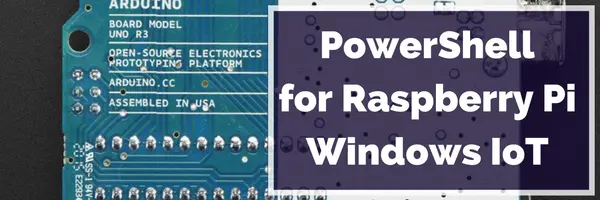Impractical One-liner Challenge
Update
Continue Reading...Adding Autocomplete to your Textbox forms in PowerShell
Today I had a fun little challenge come-up: how do I go about adding Auto-completion records to my forms?
Continue Reading...[PSCustomObject] Need not apply;How PowerShell 2.0 handles objects
![hero graphic for the post [PSCustomObject] Need not apply;How PowerShell 2.0 handles objects](..\assets\images\foxPlaceHolder.webp)
Today at a client I had to export some Exchange Information from a one of their Exchange boxes. A simple task, but I kept experiencing some strange issues when I would run my script in PowerShell on the Exchange servers.
Continue Reading...September Atlanta PowerShell Users Group!

Come see me speak on my home turf!
Continue Reading...One Inch of Power: Get-Battery info!

This ‘One Inch of Power’ is a new piece I want to start doing, cramming a lot of functionality into an inch or less of PowerShell code.
Continue Reading...Working with SQL using PowerShell

I’ve seen a lot of people ask about how to do this, so I thought I’d provide some information on the matter. Previously I had a project in which I had to pull a ton of data from an extended SCCM database and massage it before importing into MDT to setup location settings and things like that for an automated zero-touch install with very granular configuration settings determined based on workstation location.
Continue Reading...











